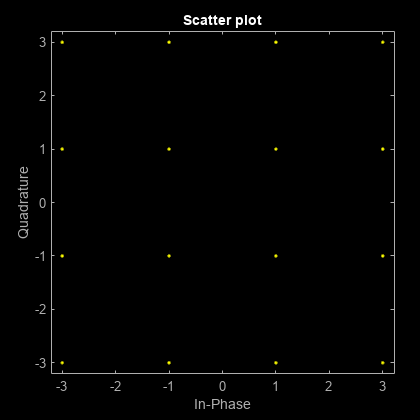modnorm
Scaling factor for normalizing modulation output
Description
normfactor = modnorm(refconst,type,power)
Examples
Input Arguments
Output Arguments
Version History
Introduced before R2006a

